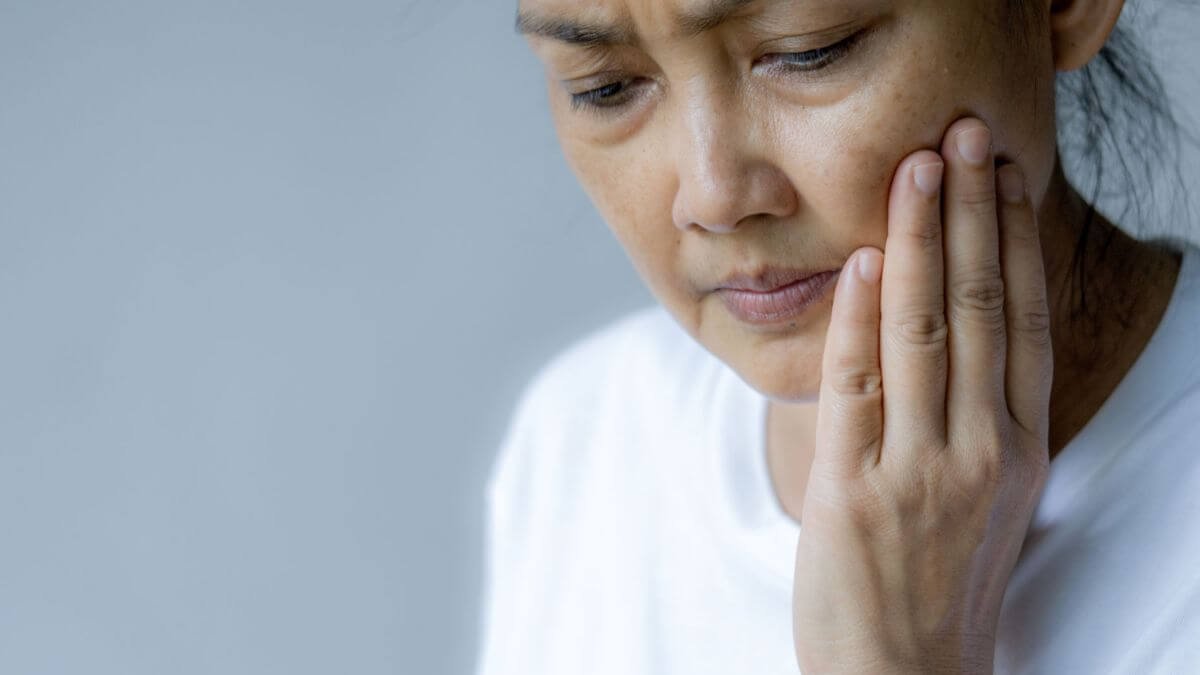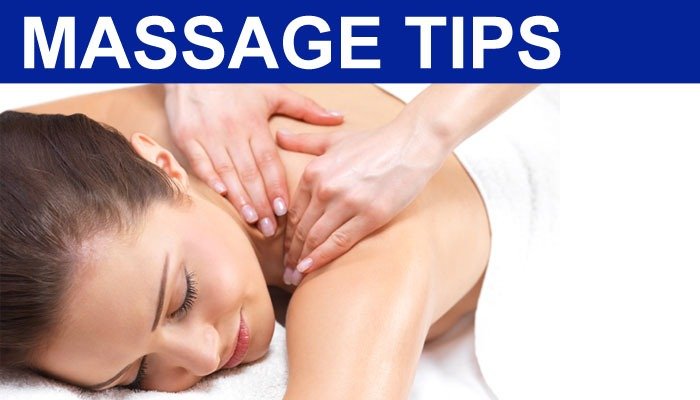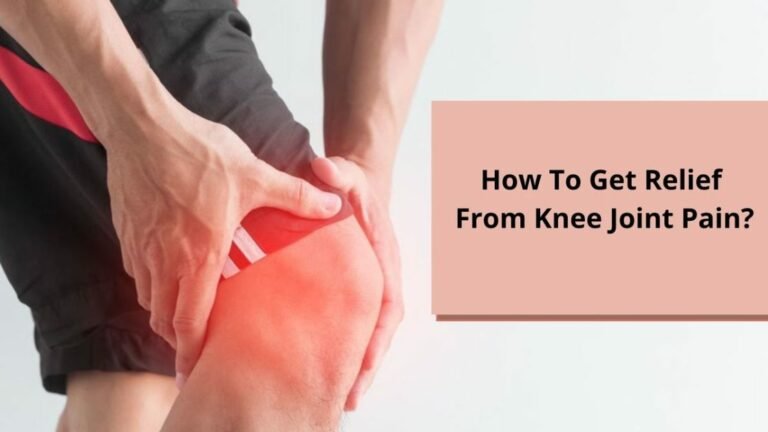Get Rid Of Jaw Pain On One Side – Easy Steps To Follow! Without Side Effects

Jaw pain can be quite a challenge to diagnose and treat. When we think of jaw pain, we often think of the discomfort in the joint between our upper and lower jaw (the temporomandibular joint or TMJ), but many of us fail to consider what might be causing pain on the other side of our jaws.
How To Get Rid Of Jaw Pain From One Side?
This is because there are two other joints that are involved in the movement of the jaw – the joints between our skull and jaws called the sphenomandibular joints.

These joints allow us to open our mouths wide, so they’re not as likely to cause us pain. However, it’s important to keep these joints working properly because if they become impinged or dysfunctional, the TMJ joint can become involved.
What are the common causes of jaw pain?
1. TMJ disorder (TMD)
TMJ disorders are caused by repetitive motions of the jaw joint. These repeated movements cause wear and tear on the joints. In some cases, these repetitive motions may lead to inflammation and swelling around the joint.
If left untreated, this condition can eventually cause severe damage to the jaw muscles and surrounding bone structure.
2. Dental problems
Dentists often prescribe antibiotics to patients who have gum disease or tooth decay. Antibiotics may help prevent further bacterial infections, but they do not treat the underlying problem.
When taken regularly, antibiotics can actually make periodontal disease worse. Overuse of antibiotics can even create antibiotic-resistant bacteria.
3. Stress
Stress can cause many different types of headaches including migraines and tension headaches. A lack of sleep and poor eating habits can aggravate existing stress levels.
Stress management techniques can be helpful in relieving symptoms associated with stress.
4. Infections
Headaches can be caused by sinus infections, ear infections, strep throat, tonsillitis, and colds. Sinuses become blocked due to mucous buildup and pressure.
Blockages can then spread to the eustachian tubes leading to middle ear infections. Ear infections can be treated with over-the-counter medications or prescription drops.
5. Oral cancer
Oral cancers are cancers that start in the mouth. Symptoms of oral cancer include sores, lumps, bleeding gums, and bad breath.
Early detection of oral cancer is extremely important because it is highly curable if caught early.
How can you get rid of jaw pain?
1. You need to take a break from chewing food
If you have ever experienced jaw pain, then chances are you’ve been clenching or grinding your teeth at some point.
While this habit may seem harmless enough, it can actually cause serious damage to your jawbone over time.
If you want to avoid the potential long-term effects of jaw pain, you should try to stop the habit altogether.
To do this, simply cut out foods that require you to grind your teeth, like nuts, chocolate, and hard candy.
2. Try to chew softer food
You might think that harder food would be easier to chew, but this isn’t always true.
Chewing softer food helps reduce the pressure on your jaw, especially if you bite down on the sides of your mouth instead of straight ahead.
Soft foods like apples, carrots, and bananas are good options.
3. Use ice packs
Ice packs help ease tension in your jaw muscles and relieve pain. Simply place them under your tongue and hold them for about 30 seconds before removing them.
4. Get regular dental checkups
It’s not uncommon to experience minor issues with your teeth, like chipped enamel or cracked fillings, but these problems can lead to bigger ones if left untreated.
Schedule an appointment with your dentist regularly to make sure everything is in tip-top shape.
5. Avoid caffeine
Caffeine is often added to drinks like coffee and tea, but many people don’t realize that it can also be found in some candies, sodas, and even gum.
Caffeine causes the body to release adrenaline and cortisol, two hormones that can lead to increased blood flow and swelling around the jaw area.
6. Don’t drink alcohol
Alcohol contains a chemical called acetaldehyde that can trigger inflammation in the jaw joints. Alcohol consumption can also increase saliva production, causing additional pressure on the jaw joint.
Instead of drinking alcohol, opt for water or soda instead.
7. Exercise
Exercise can help strengthen the muscles surrounding your jaw and prevent injuries from occurring.
Swimming is a great option since it requires less force than running or weight lifting.
When should you see a doctor for jaw pain on one side?
1. If you have been experiencing jaw pain for at least two weeks, then you need to visit your dentist to get checked out. You may have an infection or some kind of injury. However, if you have only experienced mild jaw pain or soreness, then you do not need to worry about visiting your dentist.
2. If you experience sharp pains in your jaw, then you should go to the emergency room right away. Jaw pain could mean something serious, like a broken bone or infection.
3. If you notice swelling around your face, then you should call your doctor immediately. Swelling around your mouth could indicate that you have gingivitis or periodontal disease. In either case, you should make sure to visit your dentist to prevent further damage to your teeth.
4. If you have any dental problems that are causing pain, then you should see your dentist immediately. Your dentist will be able to diagnose what exactly is wrong.
5. If you are experiencing tooth sensitivity, then you should see a dentist. Cavities or gum disease are the main causes of tooth sensitivity.
6. If you feel like your jaw is locked shut, then you should see an oral surgeon. A locked jaw is often due to TMJ disorder.
Final words
Really, the most important part of this article is that if you think you have jaw joint problems, go see a dentist. It will be worth it to get your jaw joint pain checked out before it becomes something more serious and problematic. Some people don’t realize that their jaw joint pain might be stemming from an underlying bite problem that can be easily corrected.
Jaw pain can be quite a challenge to diagnose and treat. When we think of jaw pain, we often think of the discomfort in the joint between our upper and lower jaw (the temporomandibular joint or TMJ), but many of us fail to consider what might be causing pain on the other side of our jaws.
This is because there are two other joints that are involved in the movement of the jaw – the joints between our skull and jaws called the sphenomandibular joints.
These joints allow us to open our mouths wide, so they’re not as likely to cause us pain. However, it’s important to keep these joints working properly because if they become impinged or dysfunctional, the TMJ joint can become involved.
Dr. Edward Zelman
Dr. Edward Zelman is a distinguished and highly respected medical professional who has dedicated his career to the field of general medicine. With a profound commitment to patient care and a wealth of knowledge acquired over decades of practice, Dr. Zelman has earned a reputation as a trusted healthcare provider in his community. With a career defined by excellence and an unwavering commitment to the betterment of his patients and the broader community, Dr. Edward Zelman stands as a pillar of the medical field, dedicated to the principles of healing and compassionate care. At present, Dr. Edward Zelman is researching safe and effective natural remedies that can restore as well as maintain the youthful functioning of the body.
View All By Dr. Edward






